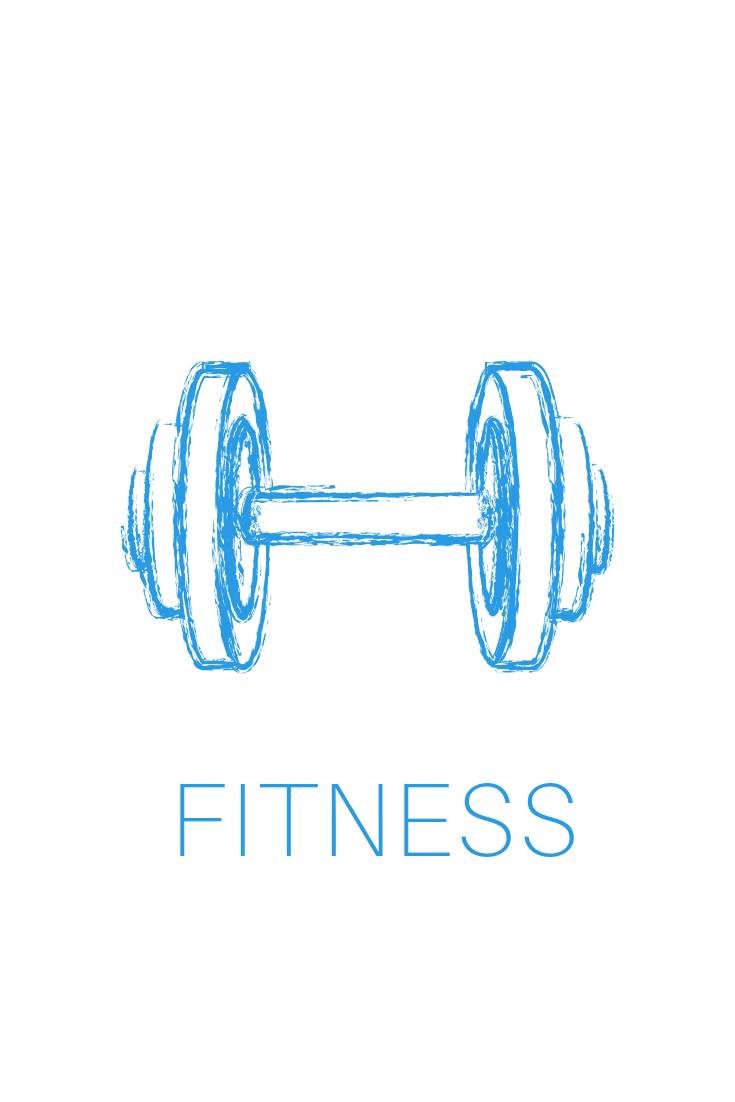Understanding Body Fat
All Fat Is Not Created Equal
Although we use the term fat to describe all body fat, there are actually several different types of fat on our bodies, and some of it is good!
Certain types of fat (or adipose tissue) can have a negative effect on our health and contribute to disease. Others types of fat are beneficial and necessary for our health. (I knew there was something good about those little fat rolls!)
Fat, or more specifically fat cells, are usually broken down into 2 main types: white and brown. Research is starting to emerge regarding a third type of fat called beige fat, which scientists believe may be helpful for our health.
Fat cells are stored throughout our bodies as subcutaneous, essential or visceral fat, depending on the areas in which it is found.
Types Of Fat
White Adipose Tissue
White fat is made up of large, white cells that are stored under the skin. It can be found in the arms, buttocks, thighs and belly, and are the body’s way of storing energy for later use. White fat cells store energy, but are otherwise relatively inert.
While white fat is necessary for good health, too much white fat is very harmful. Excess fat stores can lead to diseases such as type 2 diabetes, stroke, high blood pressure, liver disease, coronary artery disease and cancer.
Brown Adipose Tissue
This is a type of fat primarily found in babies. Brown fat is also present and metabolically active in adult humans, but its prevalence decreases as humans age. Its primary function is thermoregulation i.e. producing heat via non-shivering thermogenesis to keep you warm.
Beige Adipose Tissue
Beige fat is a relatively new area of research. These fat cells function somewhere between brown and white fat cells. Similarly to brown fat, beige cells can help burn fat rather than store it.
It’s believed that certain hormones released when you’re stressed, cold, or when you exercise can help convert white fat into beige fat. This is an exciting area of research in the battle against obesity.
How Fat Is Stored
Subcutaneous Fat
This is made up mostly of white fat cells and is stored under the skin. It’s the fat that we can squeeze or pinch on our arms, belly, thighs, and buttocks. Subcutaneous fat is normal and healthy, functioning as a way to store energy, as padding to protect your muscles and bones, and as insulation for temperature regulation. However, too much of this type of fat can lead to a range of lifestyle diseases such as type 2 diabetes and heart disease.
Body Mass Index (BIM) is a simple way to estimate your body fat percentage by looking at the ratio of your weight to your height:
normal weight: BMI of 18.5 to 24.9
overweight: BMI of 25 to 29.9
obese: BMI of 30 or higher
Essential Fat
Essential fat is exactly that - essential for life. This fat is found in our brain, bone marrow, nerves and in the membranes that protect your organs. Essential fat plays a major role in hormone regulation, including the hormones that control fertility, vitamin absorption, and temperature regulation.
In order to be in good health, it is recommended that 10% - 13% of a woman’s body composition comes from essential fat, while men require at least 2% - 5%. A body scan (such as a DEXA scan) is a method of measuring your percentage composition.
Visceral Fat
Visceral fat is the white fat that’s stored in your abdomen and around all of your major organs, such as the liver, kidneys, pancreas, intestines, and heart. It can also build up in the arteries.
High levels of visceral fat are extremely dangerous and can increase your risk for diabetes, heart disease, stroke, artery disease, and some cancers. Visceral fat is caused by a poor diet, excess alcohol, lack of exercise, stress, genetics, poor sleep and smoking.
A good indicator of excess visceral fat is a high BMI score and a large waist measurement (men over 94cm and women over 80cm). If you have both, chances are that you have a high level of visceral fat.
Visceral fat is a serious health problem, but a reversible one. No matter how much extra weight a person is carrying, simply shedding any amount of belly fat can significantly reduce their risk of serious health problems.
There’s no secret to improving your health: exercise, good food, sleep, sunshine and fun.
by Angie Black
Hey! I’m Angie. I’m passionate about fitting exercise into your life, for the rest of your life.
BLOG CATERGORIES:







